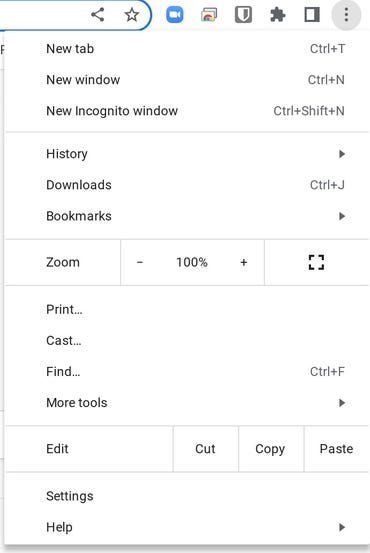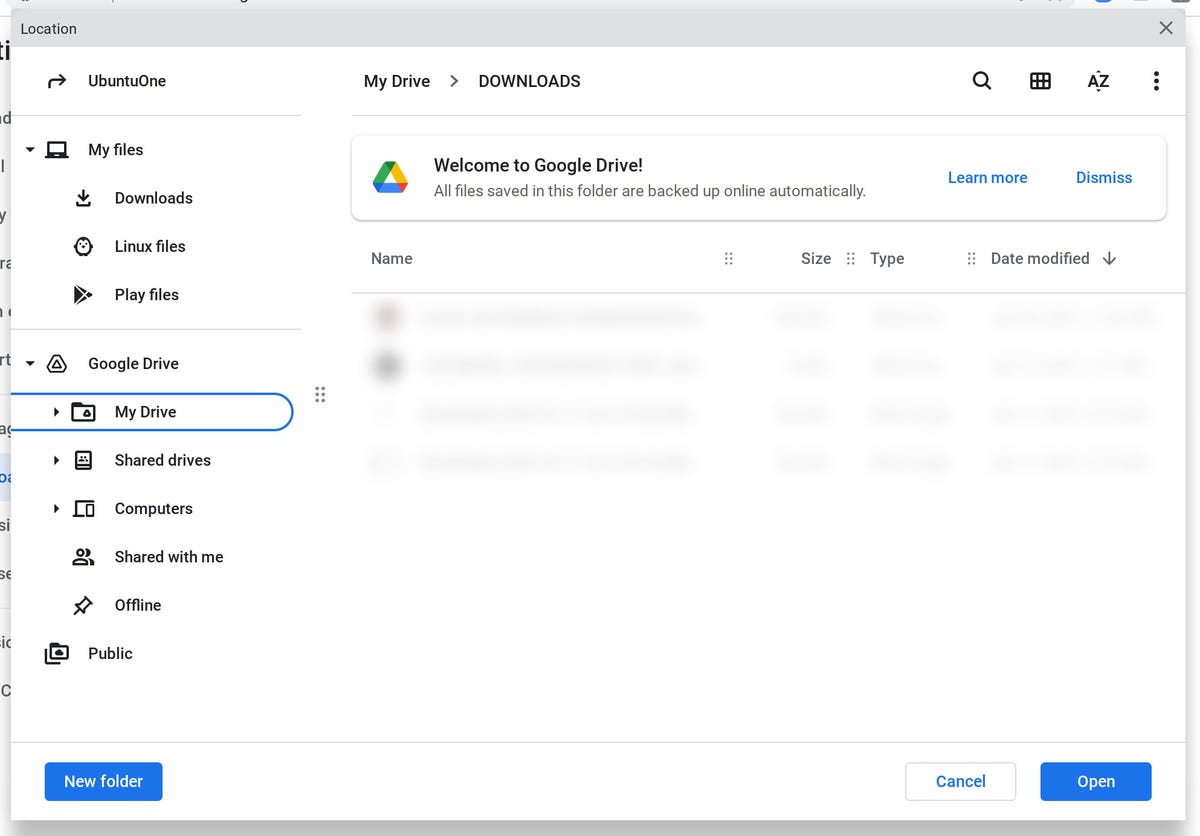I like Chromebook computers. They are simple to use and rarely experience problems. Plus, they’re fast, secure, and as user-friendly as a computer can get. One of my favorite things about a Chromebook is the ability to quickly clean it up and start from scratch. The only problem in this scenario: it deletes everything you downloaded before.
Indeed, it’s annoying if you have a mass of important files in your Downloads folder. Because if you clean up your computer, all these files will disappear.
So what to do? Well, there are two possible ways. The first is to tell Chrome to ask where to save each downloaded file. By configuring the browser in this way, you can save downloads wherever you want (for example on an external SD card). The second option is to change the location of the Chrome download directory.
Here’s how to do both.
How to allow Chrome to ask where to save each file
Required conditions
The only thing you will need is a Chromebook computer. Make sure you’re running an up-to-date version of ChromeOS, so you have the latest security patches and features. That’s all. Let’s make those changes.
1. Open Chrome Settings
The first thing you need to do is open Chrome on your Chromebook, click on the three-dot menu in the upper right corner, then click on Settings in the menu.

Access to the Chrome Settings window in ChromeOS. Screenshot by Jack Wallen/ZDNET
2. Open the Downloads section
Click on Downloads in the left sidebar and you will see the downloads configuration window.

The directory Downloads default is located in the Chromebook’s internal storage. Screenshot by Jack Wallen/ZDNET
3. Activate the function
In the window that opens, click the slider ON/OFF to “Ask where to save each file” before downloading until it is in the ON position.
Once you’ve done that, close the tab Settings. The next time you want to download a file, Chrome will ask you where to save it. If it’s a file you want to use later, save it to Google Drive. If the file will only be used temporarily, go ahead and save it to the folder Downloads.
How to change the Downloads folder
The following method moves the default Downloads folder to a location of your choice. With this method you can move the folder Downloads to your account Google Drive. In this case, you will always have a copy of the downloaded file. Even better, you can access this downloaded file from any web browser associated with your Google account.
All told, I’d rather change the location of my Downloads folder in ChromeOS to a folder in Google Drive that I created, aptly named DOWNLOADS.
Here’s how to make this change?
Go back to Settings then Downloads. In this window, click Edit.
In the pop-up that appears, navigate to the folder in Google Drive that you want to use as the new location for downloads, then click Open. You can leave the ON/OFF slider to Ask where to save each file before downloading it, and Chrome will still ask for it but will default to the folder you chose in Google Drive.

Moved Downloads folder from Chrome to Google Drive. Screenshot by Jack Wallen/ZDNET
You can also select a location on an SD card, which will also keep these files, even after cleaning the computer. The only difference is that you obviously won’t have access to the downloaded file from other web browsers associated with your Google Drive account.
Once you are done with the configuration, close the window Settings. Lo and behold, each time you download a file, Chrome will either ask you where to save it or automatically save it to the folder you selected in Google Drive. If you choose to save the downloaded file to Google Drive or an SD card, those files will be available, even if you have to machine wash your Chromebook!
Source: “ZDNet.com”
